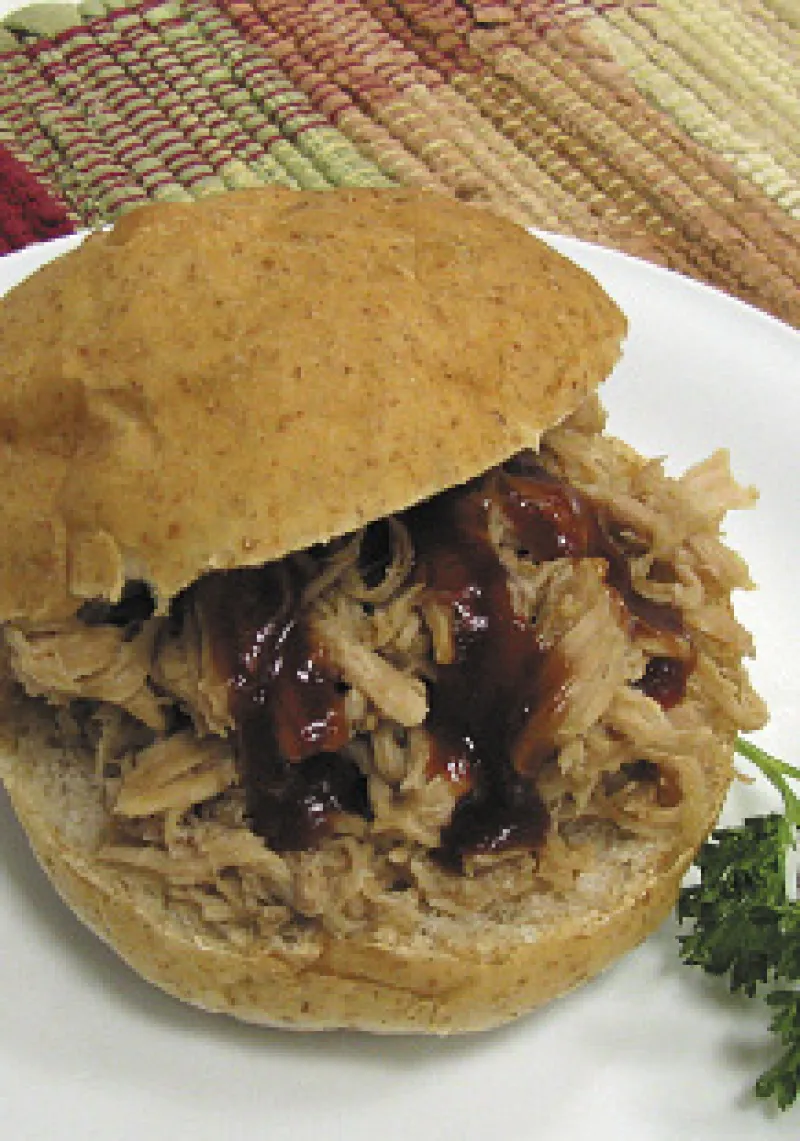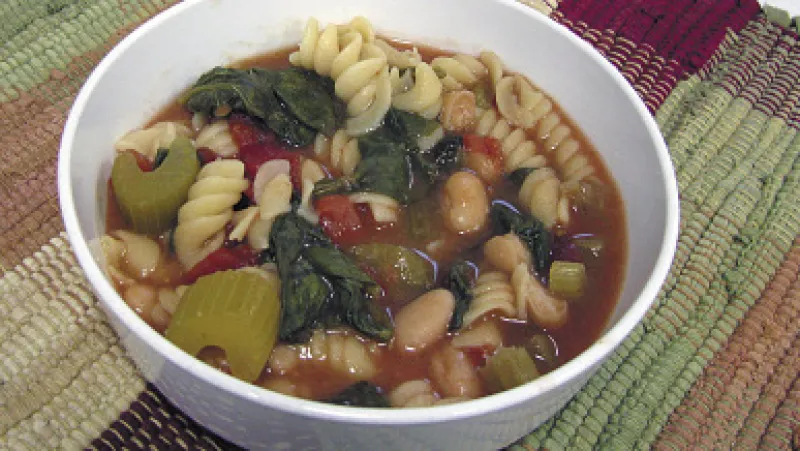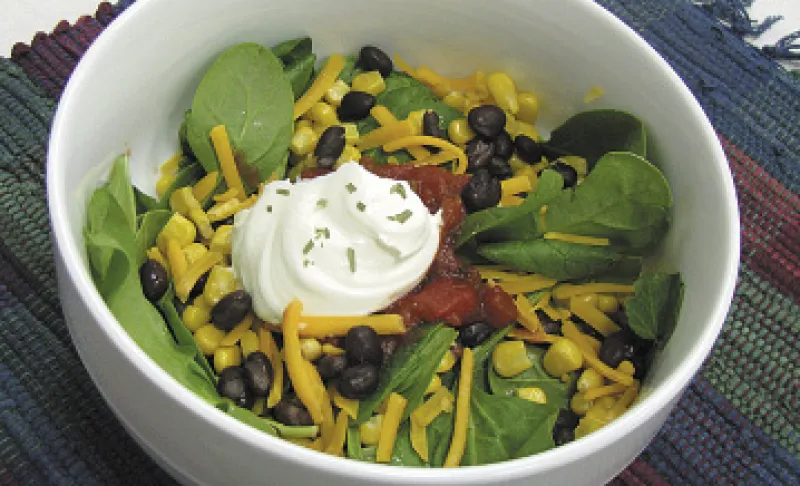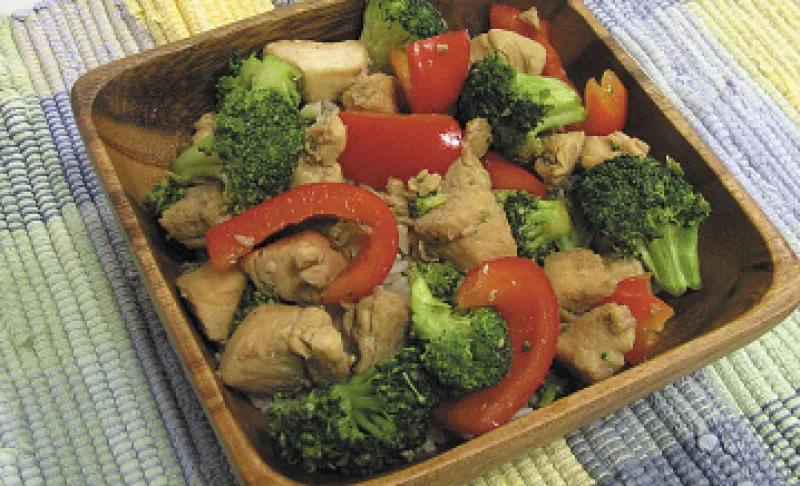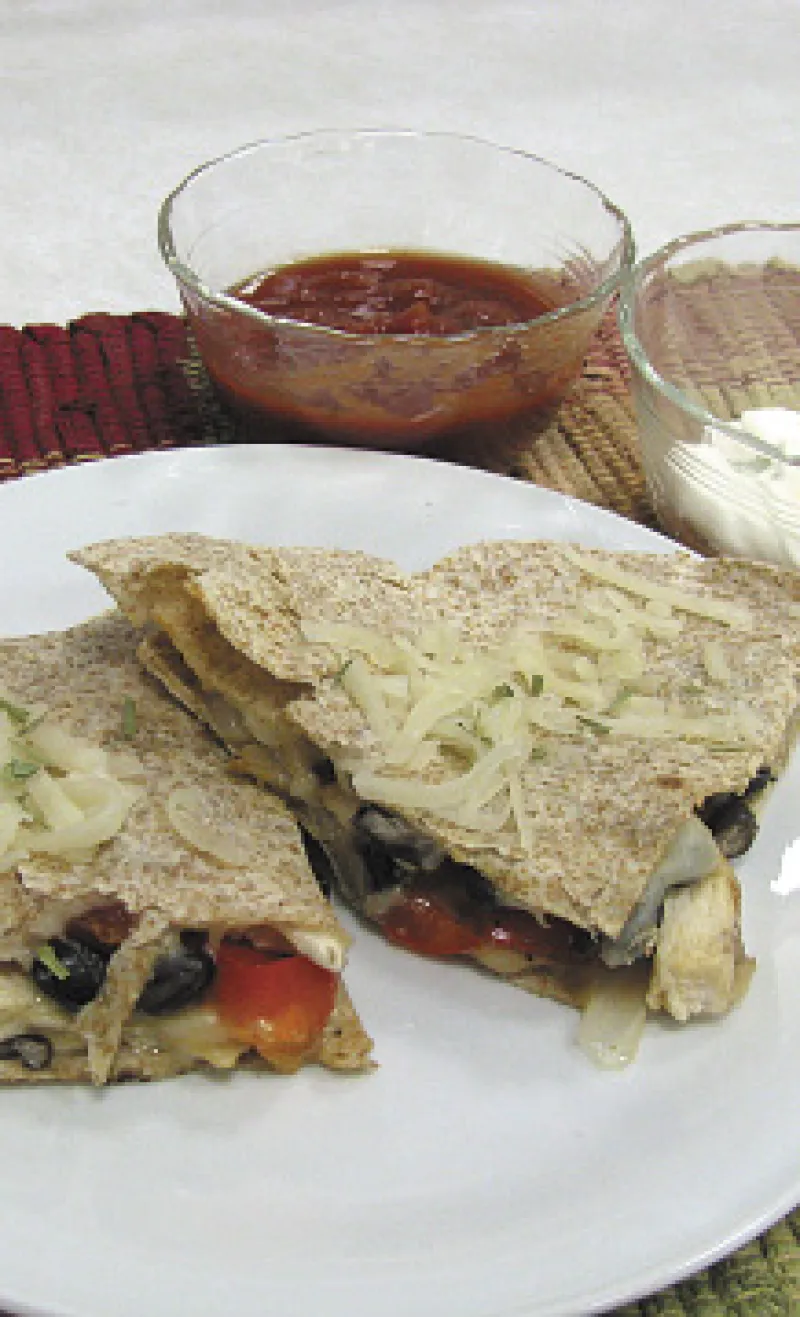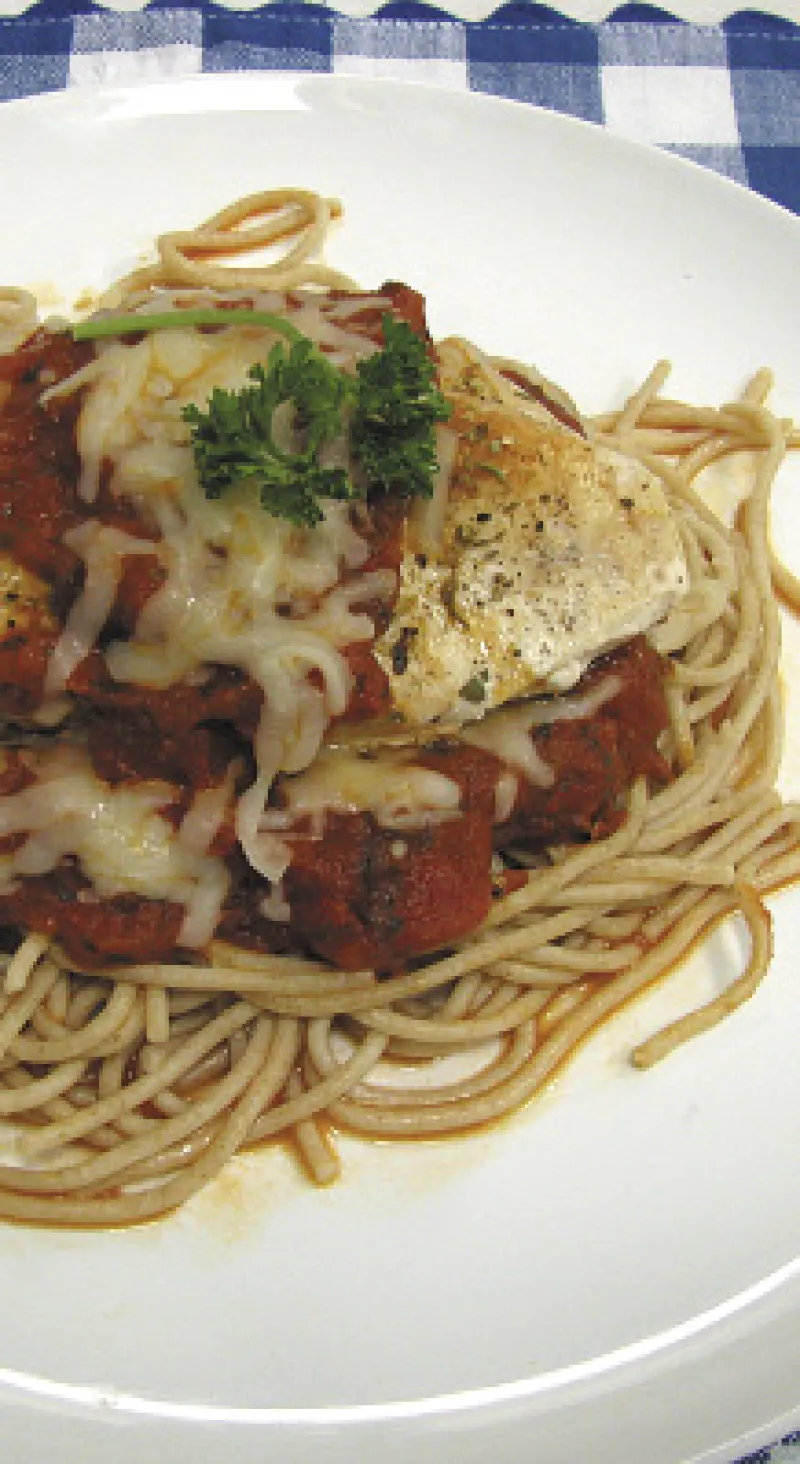Title
Cooking 101 (Week 2) Quick and Easy Menus, Recipes and Tips for Singles and Couples Hot Tips About Food Storage
(FN1473, Reviewed April 2020)File
Publication File:
FN1473 Hot Tips About Food Storage
Summary
Never thaw food at room temperature or in warm water. If food is warmer than 40 degrees Fahrenheit, but colder than 140 degrees Fahrenheit, bacteria will multiply quickly.
Availability
Availability:
Web only
Publication Sections


